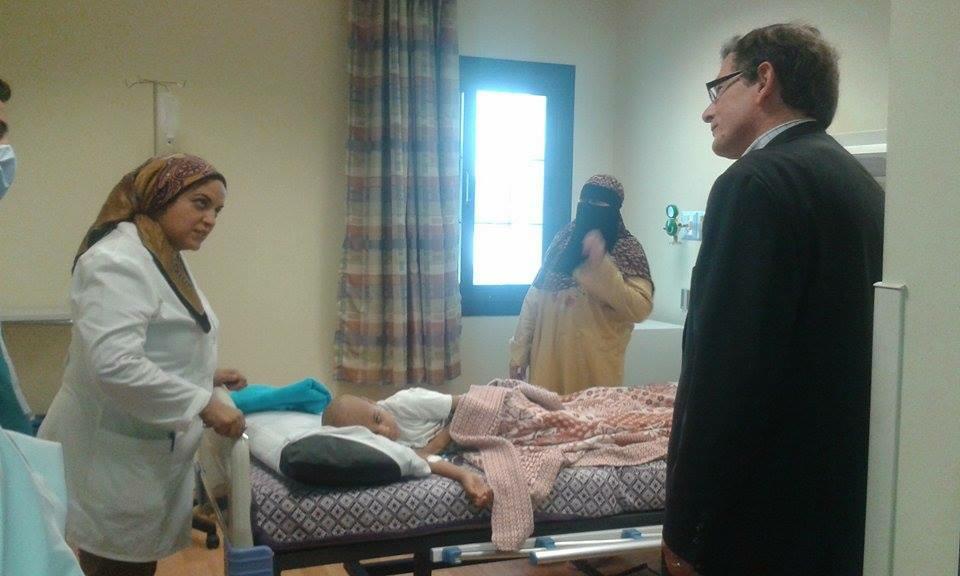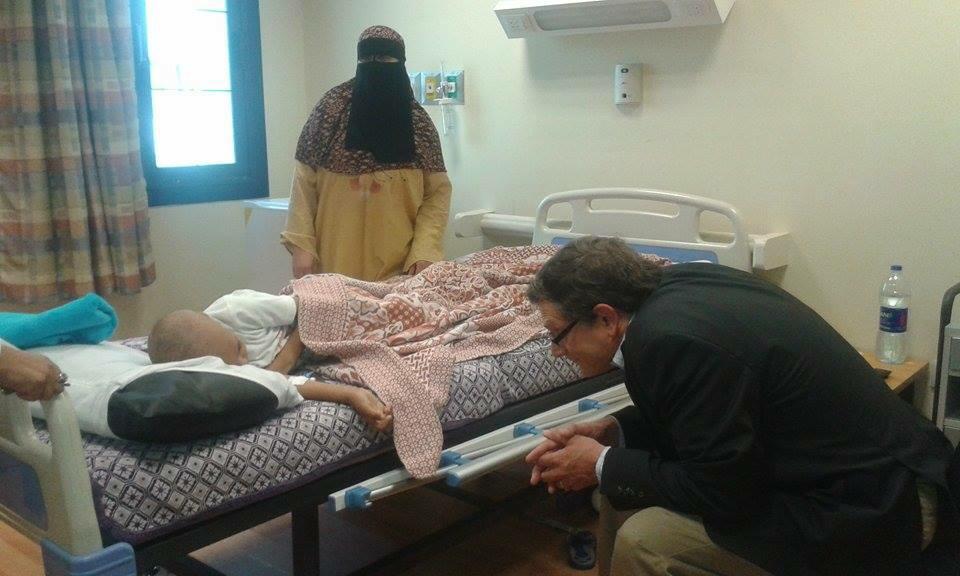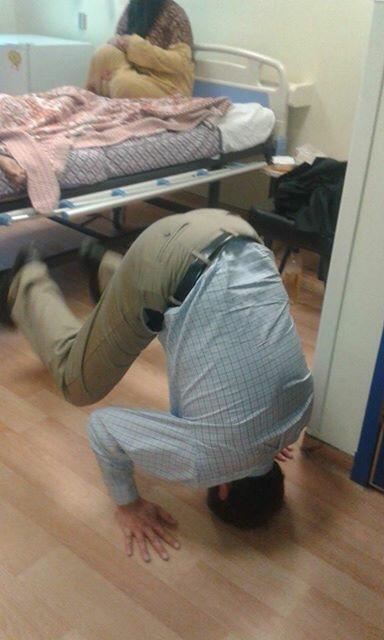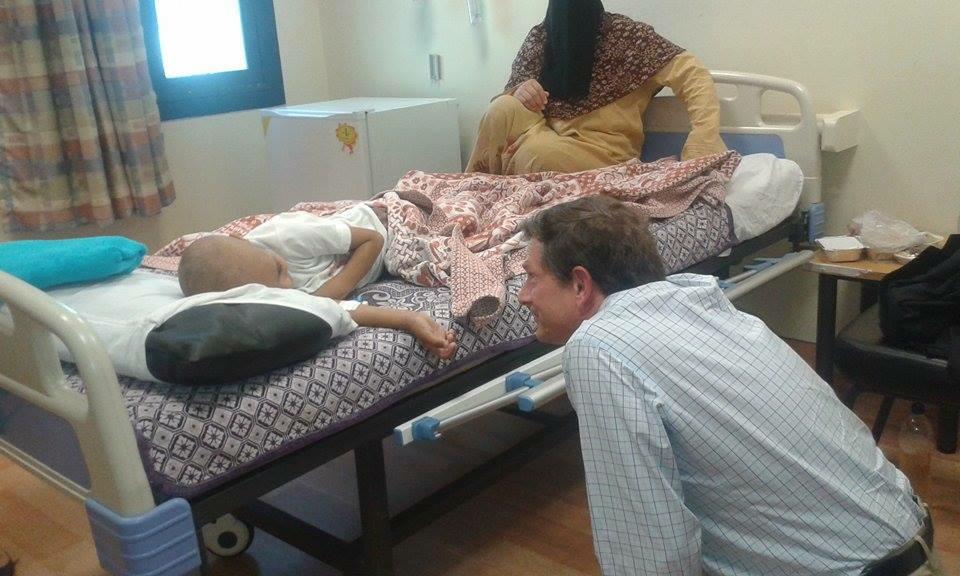Here's the link to "Life Moves Pretty Fast." Show it to parents, then invite them to start a nightly check in with FAITH5 (share, read, talk, pray, bless).
Home Huddle: How to Start
If all you had time for each night was five minutes of sharing highs and lows, you would be miles ahead of most families—psychologically, sociologically, neurologically and theologically. But this is just the start of the art. In the chapters that follow, we’ll get to the good stuff. In the meantime, let’s look at how this first step of FAITH5 might look in your nightly routine.
Calling the Huddle
Whoever is going to bed first in your home is empowered to call the nightly home huddle. This could be, “Highs and lows!” or “Huddle up!” or “FAITH5 in five minutes!” After a little exercise to get oxygen, glucose and BDNF coursing through your children’s veins, invite each person to look back on the day. What was one high (a good thing) that happened during the last 24 hours? What was one low (one thing they didn’t consider so great)?
Go around the room. Take turns. Ask everyone to be on watch throughout the day for the highest high and the lowest low. Consider recording your highs and lows in a journal for later reflection. Think of this as a little gift to your family and yourself. Be honest. Be real. Don’t interrupt. Expect everyone to contribute.
Rotating Rooms
Some people have a dedicated space where the sharing of highs and lows always takes place. Others allow the first person going to bed to convene the meeting and call the space. “My room! Five minutes!”
When our children were young, our pillow fight always ended on our waterbed. We followed with highs and lows on the waves. When they hit grade school, the home huddle rotated between Kathryn’s and Joseph’s rooms. For some magical unseen reason, it shifted back to Mom and Dad’s bedroom when they hit high school. Most nights found them lying comfortably on our bed—often with Kathryn Elizabeth’s feet sticking in my face for a foot rub. Even on nights when we were angry with one another and not all that elated to be related, the act of returning to that ritual and comforting space was often all it took to bring us back “home” in our home.
TOMORROW: Two Rules and Three Tools for Highs and Lows



















